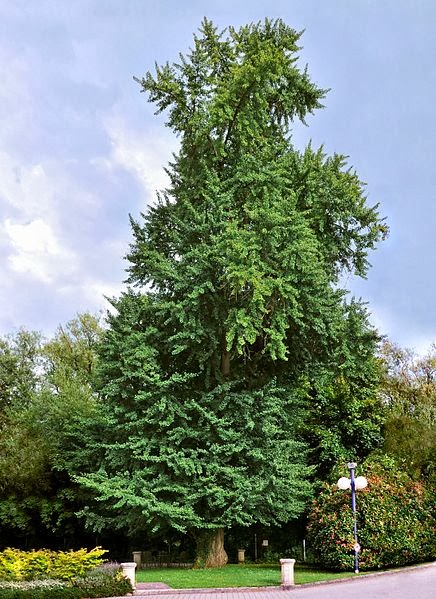| Online: | |
| Visits: | |
| Stories: |

| Story Views | |
| Now: | |
| Last Hour: | |
| Last 24 Hours: | |
| Total: | |
Gathering “Wild” Food In The City: Rethinking The Role Of Foraging In Urban Ecosystem
Productive practices were defined as rural and, therefore, inappropriate inside the city and city parks. Thus, cities such as Columbus, Ohio materially and discursively erased subsistence gardening and rules prohibiting foraging in parks became commonplace (McLain et al.) Further, development and maintenance of the great urban parks demanded centralization and professionalization of their care. Decision-making powers and management authority were vested in municipal governments and professional park managers.
With the popularization of the concept of sustainable development in the late 1980s, planners saw the need for community involvement. They began to experiment with green space policies that explicitly seek to integrate social, economic, and ecological concerns in urban environments, recognizing and incorporating interstitial, raw, or ‘feral’ lands into park creation and protection. Such places, including the street trees and other vegetation that characterize these spaces, are important for meeting the community and ecosystem needs of low income urban neighborhoods that do not have large expanses of undeveloped land or existing parks.
Today, foragers in this unique study In Baltimore, Seattle, NYC and Philadelphia ranged from less than 5 years in Baltimore to more than 80 years in Seattle. Income levels varied widely ranging from less than US$10,000 to more than US$250,000 and ethnic and racial diversity is common. Foraged products consisted of whole plants (or fungi) or were derived from a variety of native and non-native species, above- and below-ground parts: bark, flowers, fruit, leaves, roots, stems, etc.
In some cases, foragers’ ethnicity and/or place of origin appear to condition which products are foraged. For example, Chinese immigrants sought ginkgo nuts (G. biloba) in Baltimore, New York, and Philadelphia; African-Americans in Baltimore and Philadelphia foraged young pokeweed shoots (Phytolacca americana); and American Indians in Seattle harvested evergreen huckleberries (Vaccinium ovatum) and nettle leaves (Urtica dioica). Managers in the Philly II study also describe talking with foragers of Italian, Hispanic, and Eastern European origin, many seeking prized species for family recipes (e.g. morel mushrooms (Morchella spp.) and greens common in Europe) or carrying on traditions of foraging practiced in their sending countries (e.g. harvesting mushrooms).
Most conservation practitioners interviewed in these studies had a negative or, at best, ambivalent view about the desirability of allowing or encouraging foraging, particularly in parks or natural areas. Of the four cities, Seattle and Philadelphia are the furthest along in rethinking the role of foraging in urban green spaces. The Seattle Parks and Recreation Department is actively seeking to rehabilitate former apple orchards in city parks, trees that it had neglected for decades.
Contacts and sources:
Taylor and Francis
Citation: Free access is currently available to ‘Gathering “wild” food in the city: rethinking the role of foraging in urban ecosystem planning and management’ by Rebecca J. McLain, Patrick T. Hurley, Marla R. Emery and Melissa R. Poe at http://www.tandfonline.com/doi/full/10.1080/13549839.2013.841659 which features in a Special Issue of Local Environment.
Source:




